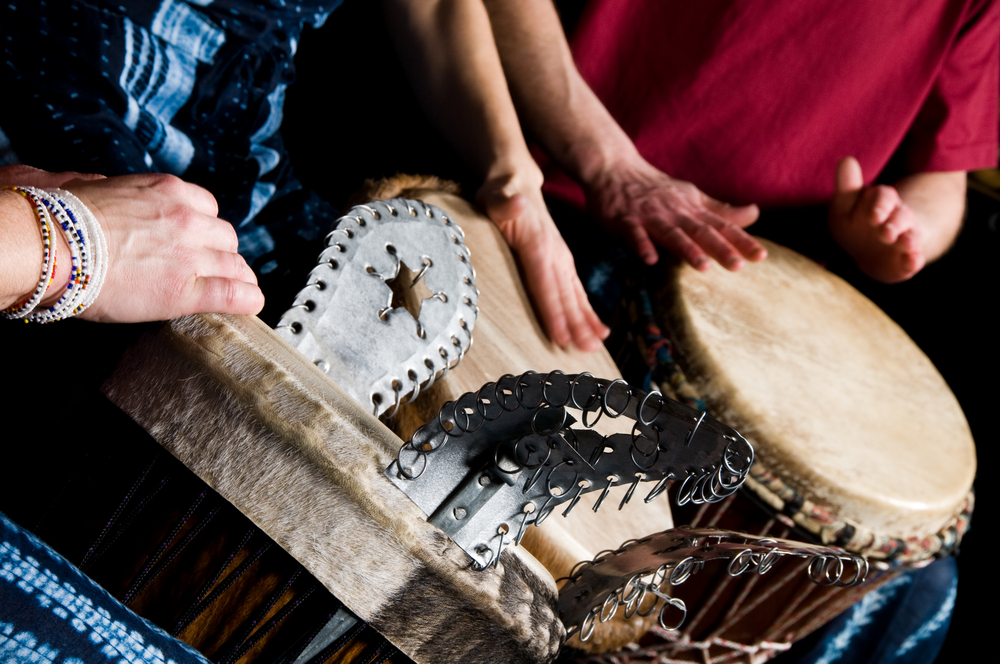
One of the most popular dances in Latin America, cumbia has come a long way since its early development among African communities along the pacific coast of Colombia. It is now played and danced in various guises in clubs, on bandstands and on the streets as far north as Mexico and as far south as Argentina, as well as being popular among Spanish-speaking communities in the United States. While cumbia was traditionally played by percussion, vocals and gaita flutes, modern cumbia is played by a full rhythm section of bass and piano, with a full complement of percussion instruments as well as brass, backing vocals and of course a lead vocalist. This article will trace cumbia back to this more folkloric beginning, analyse some key musicians and songs and explore some more modern manifestations of the style.
A Synthesis Of Styles and Cultures
Many musical styles throughout the Americas are the result of fusion of different cultures and musical heritages. In Cuba this fusion led to styles such as son and rumba, in the United States it led to blues and jazz, in Brazil it paved the way for samba. In Colombia the fusion of African communities (brought there as slaves by the Spanish) and prehispanic communities led to cumbia. Cumbia was originally popular in coastal communities where this synthesis of cultures was most prominent, but as it began to spread to the rest of Colombia in the 1940s, more hispanic influences emerged. Each of these individual cultures contributed a different musical element to cumbia music. The African influence can be heard through the percussion instruments (a combination of hand drums, stick drums and maracas) and the rhythms they play, while the prehispanic elements are most evident in the gaita flutes heard in traditional cumbia music. The European influence is most evident in slightly later renditions of the style when instruments such as guitars, basses and horns were added as well as the fact that Spanish has been the dominant language in most modern manifestations.
Instrumentation
Let’s take a look at some of the common instruments in a cumbia ensemble, starting with a more traditional line-up before looking at a more modern one.
Traditional
- Percussion - traditional cumbia ensembles usually feature a percussion section of...
- Tambora - a large drum played horizontally (much like a modern bass drum would be) with sticks. Different sounds can be made by the skin, which produces a low “thud,” and the shell, which creates a dry clicking sound.
- Llamador - a small hand drum played on the lap to play a rhythm similar to a backbeat in Western popular music. It produces a clear open sound, which can be heard clearly over the rest of the band. In more modern cumbia music, the piano or guitar often plays the same rhythm as the llamador.
- Tambor alegre - a drum similar in size and shape to the llamador, which plays a much busier and more syncopated pattern. The alegre player often improvises between melodic phrases, a feature common in a lot of African musical styles.
- Maracas - a pair of very large circular maracas that produce a very long sustained note when played properly. The shape and size of cumbia maracas (or gaita maracas) is different to Cuban, Mexian or Venezuelan maracas and is important in generating their unique sounds.
- Gaita flute - a large wooden flute that provides the melodic interest in early cumbia music. In instrumental dances the gaita flute plays longer melodies, but in songs where there is also a singer (or group of singers) it usually fills the gaps between vocal phrases
- Vocals - like a lot of African music, cumbia usually features a singer or chorus of singers who provide most of the melodic and harmonic interest.
Modern
- Percussion - due to the fact that cumbia has become popular all over the world, you can hear a vast array of percussion instruments playing cumbia, from drum kit to cajon. Certain bands (such as La Sonora Dinamita) maintain a traditional percussion section of tambora, allegre, llamador and maracas but fuse these folkloric instruments with horns, piano and electric bass guitar. Other percussion instruments you’re likely to hear in modern cumbia music are…
- Congas - tall hand drums of Cuban origin, which sound very similar to the llamador and tambor alegre. When the latter aren’t available (in a band outside of Colombia with no access to folkloric Colombian instruments), these rhythms are often played on congas. A good example of this is La Vida Es Un Carnaval by Celia Cruz. The song is a cumbia up until the coro, when it changes to salsa and features a percussion section of cangas, bongos and timbales.
- Bongos - a pair of small wooden hand drums native to cuba. Again the bongos are often used in cumbias played by bands who also play other latin american dances, such as salsa, in their repertoire.
- Timbales - a pair of large metal drums played with sticks. A timbal player will usually have a cowbell or block as part of their setup. The timbales usually outline the rhythms played by the rim of the tambora.
- Drum Kit - when none of the above instruments are available, the drum kit’s vast array of sonic possibilities can provide a versatile alternative.
- Piano - in a lot of mainstream cumbia music, the majority of the harmony is outlined by the pianist. Rhythmically, the piano often plays the backbeat mentioned previously, which is also played by the llamador.
- Guitar - this could be an acoustic or electric guitar, depending on the musical situation. Like the piano, the guitarist often outlines the backbeat.
- Horns - while Gaita flutes aren’t a common addition in modern mainstream cumbia music, their role is important and is usually taken by horns such as trumpets, trombones or saxophones.
Musical Examples
The best way to learn about any musical style is by listening to the music itself, so let’s listen to and analyse two well known examples of cumbia music, one traditional and one modern. The first is a traditional song called El Pescador (The Fisherman). I’d recommend listening to this version by Toto La Momposina filmed in 1991, as it’s a good example of traditional instruments without the poor audio and video quality usually associated with old recordings.
First let’s look at the instrumentation. As mentioned previously, the ensemble is dominated by percussion with tambora, llamador, maracas and two alegre drums (one playing a more improvised role). Aside from the large percussion, we have Toto La Momposina herself on lead vocals and a large backing chorus of male and female vocalists. While Toto takes the melody and tells the story through her vocals, the chorus provides a rich harmonic backing. All the instruments are acoustic which makes sense given that this was originally folk music played in small, usually poor communities.
Like most early cumbia music, this song is monophonic in the verses and homophonic in the choruses with the lead vocals singing in between the choral phrases. The percussion keeps a constant pulse throughout, a feature of African music as a whole.
Now let’s have a listen to a more modern manifestation of cumbia. The song we’ll listen to is the 1996 hit Como Te Voy a Olvidar by Mexican cumbia group Los Angeles Azules and is a good example of the international success of cumbia.
Before we even discuss the music itself, it’s important to notice the venue, a huge arena that looks to be sold out, which shows how popular this music has become. Also, the video itself has over 106,579,200 views since 2015, and Los Angeles Azules have almost 5 million subscribers on YouTube.
Now let’s get on to the music itself, starting with the instrumentation, which is far more modern and varied. The percussion section is still large but features more modern Afro-Cuban instruments such as congas and timbales as well as guiras played by backing vocalists. While there are no maracas, the rhythm played by the guiras approximates this sound fairly closely. The congas play a blend between the llamador and the tambora rhythm, while the timbales play the rhythm usually played by the rim of the tambora as well as fills towards the end of musical phrases.
There is a large rhythm section of electric bass guitar, keyboards and accordian (a common instrument in Mexican cumbia). The bass guitar outlines a rhythm similar to that played by the bass notes of the tambora drum (beats 3 and 4 of each bar of cut time being the prominent beats), while the keyboards outline the llamador backbeat (beats 2 and 4 of each bar). The accordion plays a similar role to the brass (two trumpets and two trombones) and plays melodic lines towards the end of each vocal phrase. The song follows a more conventional pop verse/chorus structure, which is dominated by the lead vocal melody and doesn’t feature backing harmony like that of El Pescador.
The above examples give us a clear insight into the journey cumbia has taken, from small coastal communities in northern Colombia to massive arena concerts in Mexico and beyond.
Conclusion
This amazing style of music has come a long way, although it still holds true to its musical origins. Our next article will go more deeply into cumbia rhythms and look at these from a drummers perspective. We’ll assess what each instrument plays in a typical cumbia ensemble and how we can approximate this on the drum kit. As you’ve seen and heard in the above examples, there is not just one way to play cumbia, and, by listening and learning the origins of this music, we will have a better idea of how to incorporate this material into part of our musical vocabulary.
Recommended Listening
Below is a short list of important cumbia bands and artists that are worth checking out if you’re looking to get more deeply into this style of music.
-Luis Carlos Meyer
-Los Gaiteros de San Jacinto
-Toto La Momposina
-La Sonora Dinamita
-Los Angeles Azules
-Selena
-Celso Piña
About the Author: Brendan Bache
Brendan has been in love with the drum kit since the age of 8. His love for music spans many musical genres but his great passion is the study and performance Latin American music. This interest has led Brendan to study many Latin percussion instruments such as congas and bongos as well applying these rhythms to the drum kit. Brendan is the drum kit teacher at Liberty Park Music. Check out his drum kit courses!

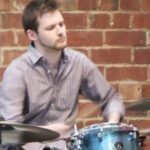
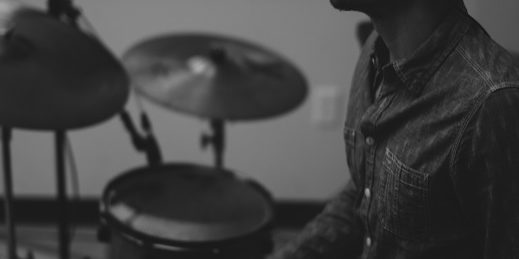
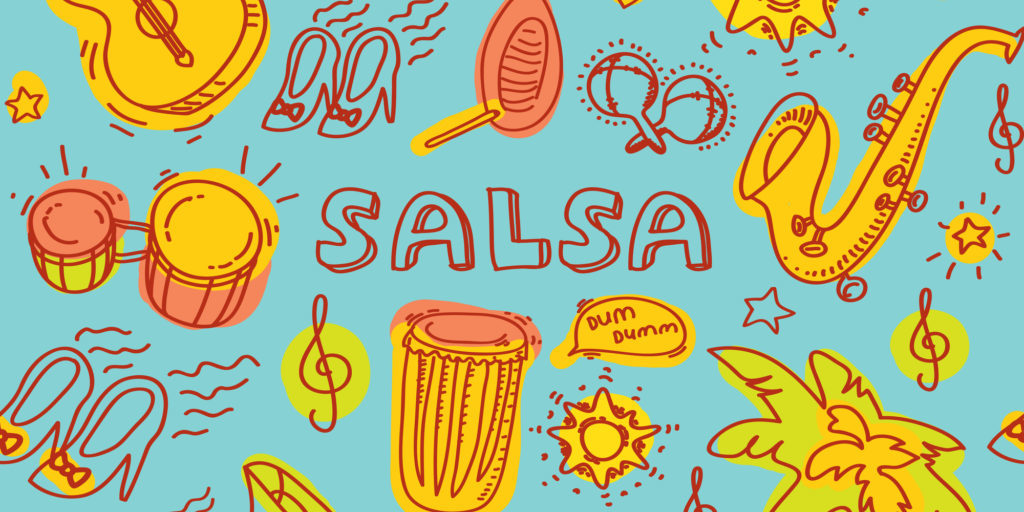
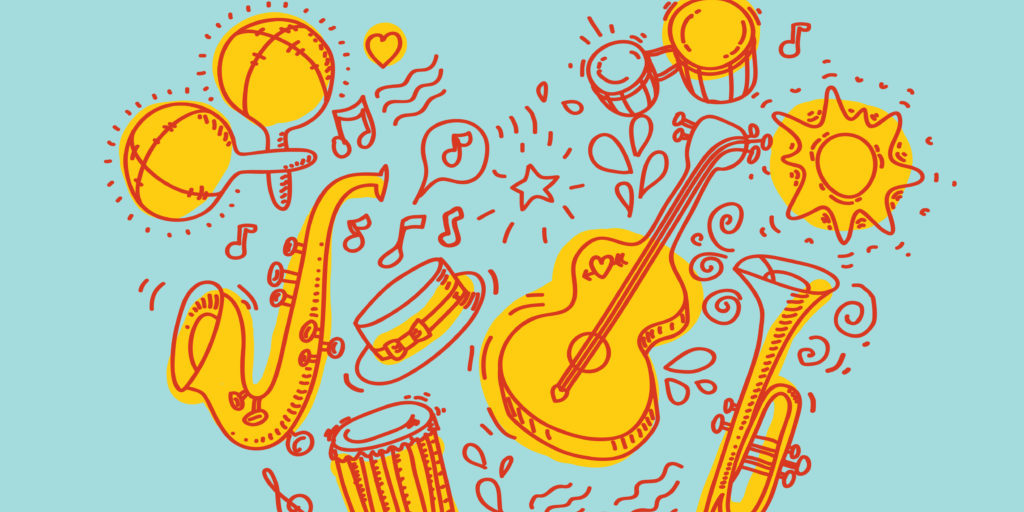
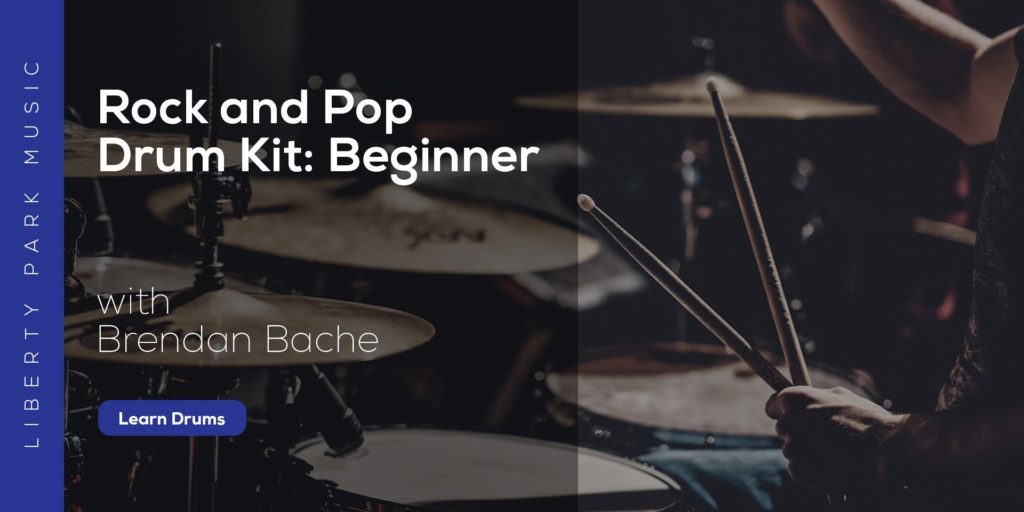
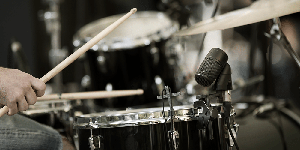
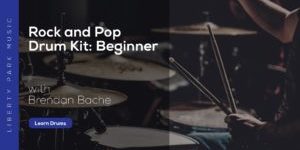
I love latin music so much this post has been so inspiring for me! I am just learning some drums and percussion and had struggles with a counter rhythm as I am following my tempo.. But this article helped me a lot! Thank a lot! 🙂 Love this!
I will share this with my studio members as well.
That’s great to hear Ana! We’re so glad that it has inspired you!